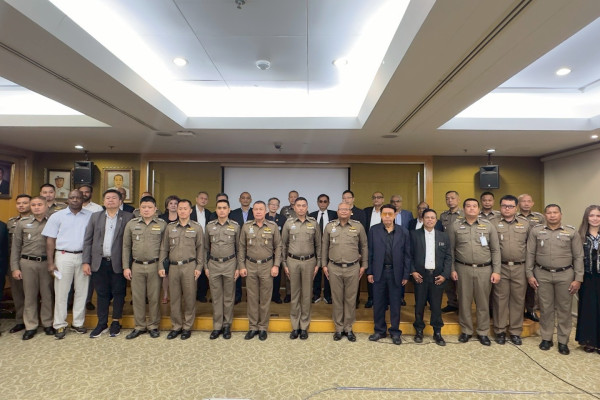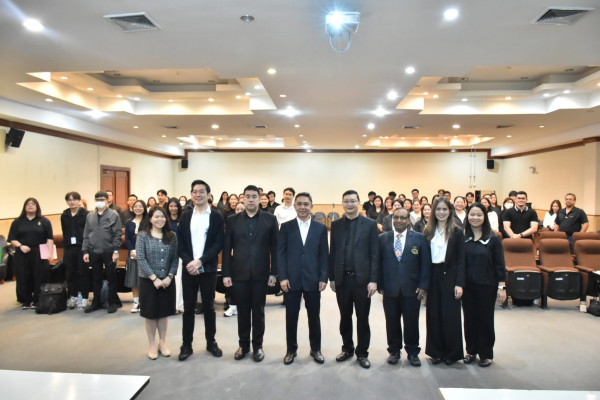

.png)
In the intricate and detail-oriented world of diamond trading, possessing a reliable, standardized benchmark price is absolutely essential. "The Rapaport Price List," often simply called "Rapaport" by industry insiders, has become the crucial tool universally recognized by jewelers and diamond merchants across the globe.
This article will introduce you to this indispensable resource and provide a step-by-step guide on how to read the Rapaport diamond price list, enabling you to conduct your business professionally and in line with international standards.
The Rapaport Price List is the most widely accepted and used benchmark report for polished diamonds in both the Round and Pear fancy shapes within the global diamond trade.
Origin: Initiated in 1978 by Martin Rapaport of the Rapaport Group.
Publication: The report is released weekly, every Thursday at midnight (EST).
Objective: To establish standardization and transparency in wholesale (B2B) diamond transactions.
The significance of Rapaport lies not in being a "retail price" but as the Benchmark Reference Price for diamond traders worldwide when negotiating purchase and sale prices. The figures in the table represent the highest asking price in U.S. Dollars per carat ($/carat) for high-quality diamonds that meet specific criteria.
Factors making Rapaport a vital index:
Neutrality and Standardization: The Rapaport Group is an independent entity that analyzes data from major diamond trading centers (e.g., New York, Belgium, Israel) to establish a benchmark price reflecting true market conditions.
Industry Acceptance: Diamond dealers, manufacturers, and retailers use Rapaport as a "common language" for price communication, ensuring transactions are smooth and have a clear reference point.
Fostering Transparency: The existence of a benchmark price increases market transparency and reduces the advantage gained from unreasonable pricing.
.png)
The Rapaport price grid is structured based on Carat Weight, Color, and Clarity. Reading the price requires a detailed understanding of its components:
The first step is to choose the table that corresponds to the weight range of the diamond you are evaluating. Rapaport divides the list into distinct sub-grids by weight, such as 0.30–0.39 ct, 0.50–0.69 ct, 1.00–1.49 ct, and so on.
Vertical Axis (Left): This represents the Color Grade, ranked from D (highest quality) down to M.
Horizontal Axis (Top): This represents the Clarity Grade, ranked from IF (Internally Flawless) down to I3 (Included/visible flaws).
The number at the intersection of a specific color and clarity grade is the reference price per carat, expressed in Hundreds of U.S. Dollars ($100s).
Calculation Example:
Suppose you want to find the reference price for a Round Brilliant diamond weighing 1.25 carats, with G Color and VS1 Clarity.
Step 1: Go to the Rapaport grid for the weight range "1.00 – 1.49 CT."
Step 2: Locate the row for Color "G" and the column for Clarity "VS1."
Step 3: Assume the number at the intersection is "59." This means the price is $59 x 100 = $5,900 per carat.
Step 4: Multiply the price per carat by the actual diamond weight:
Diamond List Price = (Price per Carat) x (Actual Weight)
Diamond List Price = $5,900 x 1.25 = $7,375
The maximum reference List Price for this diamond according to Rapaport is $7,375.
.png)
The most critical factor for businesses to recognize is that the Rapaport price is not the actual selling price but the starting point for negotiation. Real-world market prices almost always involve a "Discount" (known in the trade as "Back" or "Less") from the list price. The percentage of this discount largely depends on other quality factors not specified in the grid.
Limitations and Additional Factors for Real-Price Evaluation:
| Factor | Description & Impact on Price |
| Cut Quality | An enormous factor affecting a diamond's beauty and value, but not included in the Rapaport grid. Diamonds with Excellent or Ideal Cut grades (per GIA or AGS standards) will command a much smaller discount (higher price) than those graded Good or Fair. |
| Fluorescence | Diamonds with Medium, Strong, or Very Strong fluorescence, especially in higher color grades (D-H), are often priced lower (higher discount) than those with None/Faint fluorescence. |
| Certification | Diamonds certified by internationally recognized labs like GIA (Gemological Institute of America) are generally more valuable and credible than those with other certifications. |
| Market and Other Factors | The actual transaction price also depends on the current supply and demand, the specific beauty of the individual stone (e.g., inclusion location, specific proportions), and trading conditions. |
The Rapaport Price List is a powerful and essential reference tool for diamond traders, but it is merely the "starting point" of the valuation process. Determining an accurate and fair transaction price requires expertise and experience in considering the nuanced characteristics of each individual diamond, coupled with an analysis of the current market conditions.
Understanding how to read and acknowledge the limitations of Rapaport will enable Thai businesses to operate confidently and most effectively in the global market.
Rapaport: https://www.diamonds.net/prices/
The Diamond Pro: https://www.diamonds.pro/education/diamond-prices/
Brilliance: https://www.brilliance.com/education/diamond-prices
Pricescope: https://www.pricescope.com/education/diamond-prices
Whiteflash: https://www.whiteflash.com/diamond-education/diamond-prices/

กองบัญชาการตำรวจนครบาล 6 จัดสัมมนาให้ความรู้ด้านกฎหมายธุรกิจอัญมณีและการรับมืออาชญากรรมทางเทคโนโลยี ณ สมาคมผู้ค้าอัญมณีไทยและเครื่องประดับ

สมาคมผู้ค้าอัญมณีไทยฯ ร่วมกับ ศุลกากรสุวรรณภูมิ จัดอบรมอัญมณี อำนวยความสะดวกการค้า ให้ราบรื่น

The 137.27-carat Florentine Diamond, thought to have been lost for more than a century, is in a Canadian vault, according to The New York Times.